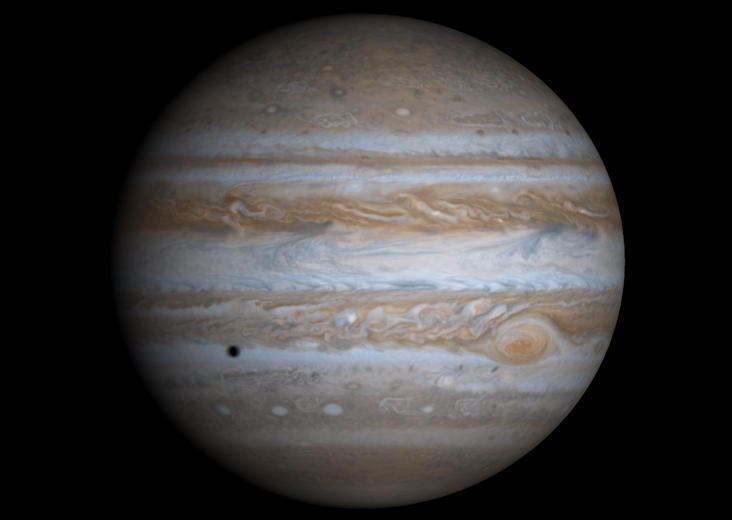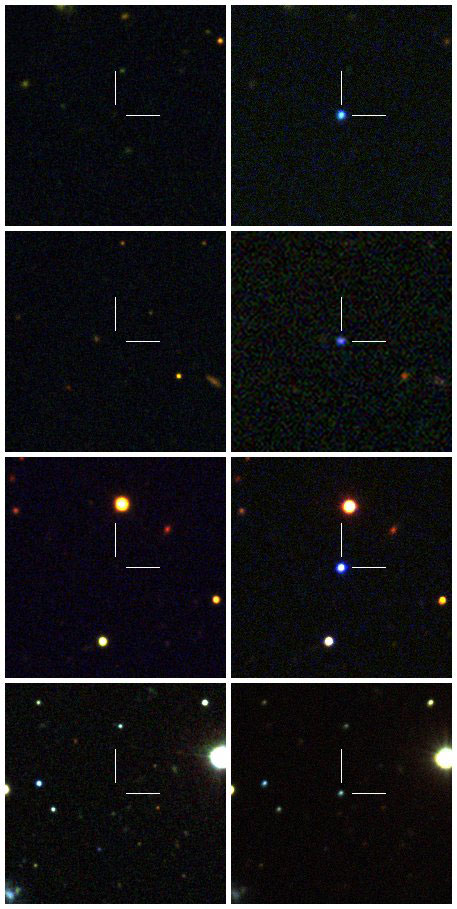
© NASA/JPL/University of ArizonaTrue-color simulated view of Jupiter composed of four images taken by NASA's Cassini spacecraft.
Planetary scientists have long wondered why Mars is only about half the size and one-tenth the mass of Earth. As next-door neighbors in the inner solar system, probably formed about the same time, why isn't Mars more like Earth and Venus in size and mass? A paper published in the journal
Nature provides the first cohesive explanation and, by doing so, reveals an unexpected twist in the early lives of Jupiter and Saturn as well.
Dr. Kevin Walsh, a research scientist at Southwest Research Institute® (SwRI®), led an international team performing simulations of the early solar system, demonstrating how an infant Jupiter may have migrated to within 1.5 astronomical units (AU, the distance from the Sun to Earth) of the Sun, stripping a lot of material from the region and essentially starving Mars of formation materials.
"If Jupiter had moved inwards from its birthplace down to 1.5 AU from the Sun, and then turned around when Saturn formed as other models suggest, eventually migrating outwards towards its current location, it would have truncated the distribution of solids in the inner solar system at about 1 AU and explained the small mass of Mars," says Walsh. "The problem was whether the inward and outward migration of Jupiter through the 2 to 4 AU region could be compatible with the existence of the asteroid belt today, in this same region. So, we started to do a huge number of simulations.



